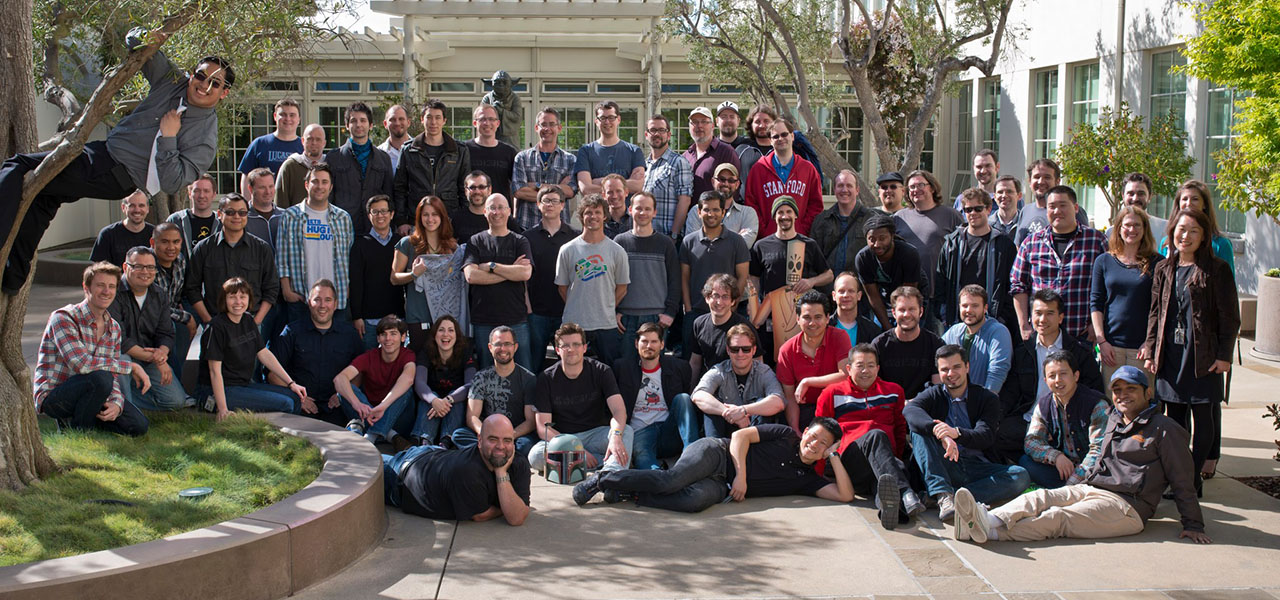I usually don’t write about unreleased game projects that I worked on; every professional developer has these project skeletons in their closets, and chances are that you’ve never even heard about most of these projects before they got cancelled for a variety of reasons.
But Star Wars 1313 is different. Highly public, highly anticipated, with a huge amount of promise and potential, we were forced to stop working on the game after Disney acquired LucasFilm in 2012 and decided to close down all of LucasArts. I think that warrants an acknowledgement on my page, together with a heartfelt thanks to everybody who shared their passion and anticipation for the project online. I was the lead designer on this project, and was incredibly excited about the way that this game was shaping up. Unfortunately, we did not get the chance to finish the game.
Longer eulogies and oral histories on SW1313 have been written elsewhere, but I won’t link to them here because honestly, they paint an incomplete picture of development that does not include my own, personal opinion on the project (I have a general policy to not comment in detail on cancelled projects).
As it stands, this post stands as a reminder of What Could Have Been, and as a testament to the incredible team of developers I had the privilege of working with. All of them are off to bigger and awesome things.











 As I was driving home the other day, The Almighty iPod Shuffle decided to take me on a serious nostalgia trip. After serenading me with a
As I was driving home the other day, The Almighty iPod Shuffle decided to take me on a serious nostalgia trip. After serenading me with a 
